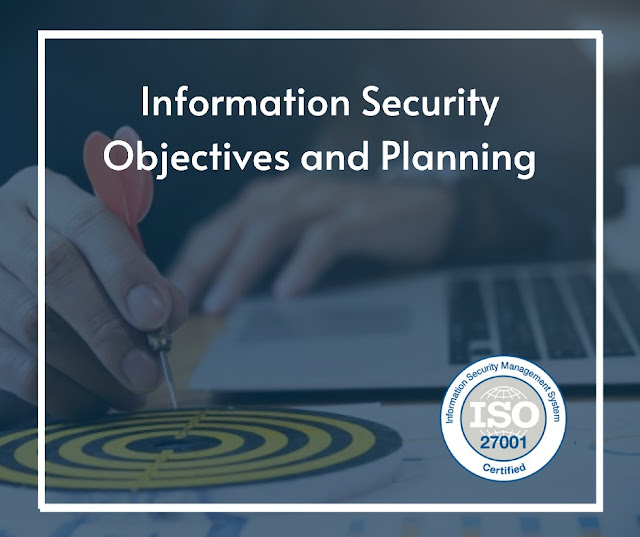Introduction to Cloud Computing and AWS

You will learn into this regarding cloud computing and their six advantages as well as types of cloud computing in detail. What is Cloud Computing? Cloud computing is that the on-demand delivery of compute power, database storage, applications, and other IT resources through a cloud services platform via the web with pay-as-you-go pricing. Whether you’re running applications that share photos to many mobile users or you’re supporting the critical operations of your business, a cloud services platform provides rapid access to flexible and low-cost IT resources . With cloud computing, you don’t got to make large upfront investments in hardware and spend tons of your time on the work of managing that hardware. Instead, you’ll provision precisely the right type and size of computing resources you would like to power your newest bright idea or operate your IT department. you’ll access as many resources as you would like , almost instantly, and only buy what you employ . Cloud co



